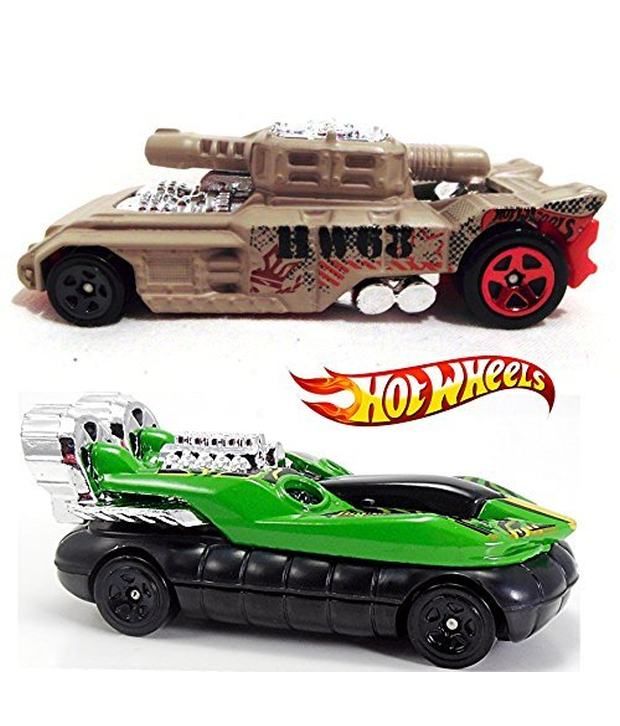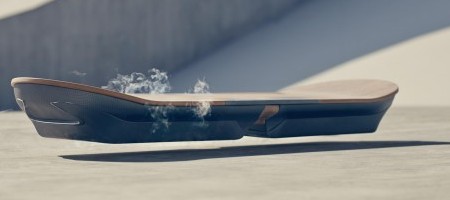
“The CityHawk is not in service yet,” Yoeli admits. The answer: Not until closer to the end of the decade.

The question that readers are undoubtedly asking by now is: When can I ride in an Uber of the air? “Weight can make or break an aircraft design in terms of useful payload and range.” “If you have a one-ton helicopter and you shave off 70 kilograms, you can carry another ticket-buying passenger,” Yoeli says. When it comes to flying, every kilo saved is critical. And hydrogen tanks are lighter than electric batteries. Hydrogen can be refueled in minutes rather than hours for batteries. The same will be true with the CityHawk, which is actually an “eVTOL” – an electric VTOL – because its engine is all electric. The Honda Clarity and Toyota Mirai are examples. In this case, modern electric cars can have electric engines even if the fuel source is hydrogen. Today, with the advent of fuel cells, the hydrogen goes “into a solid-state box and electricity comes out the other side.” “Hydrogen was tried two decades ago, but it was to power normal internal combustion engines,” he explains. We asked Yoeli why, if hydrogen is so much better, battery-powered electric cars are all the rage these days.
#Hover car 2015 plus#
“A kilogram of battery has just 5% the equivalent amount of energy as hydrogen fuel cells, plus it’s not 100% sustainable like hydrogen,” he says. Other “flying cars” are trying to incorporate lithium-based electric batteries – similar to the type found in a Tesla.

The CityHawk will get up to 200 miles on a tank.įuel cells convert the chemical energy of a fuel – in this case, hydrogen – and an oxidizing agent (often oxygen, drawn from the atmosphere) into electricity. With hydrogen power, the CityHawk is intended to travel for 100 miles before refueling (depending on weight) at a speed of up to 125 miles per hour. Hydrogen is more environmentally friendly and packs more bang for the buck, boosting the distance an aircraft can operate by 300 percent over gasoline. The Cormorant is powered by standard jet fuel. In June, Urban Aeronautics signed an agreement with Silicon Valley-based HyPoint to incorporate the latter’s hydrogen fuel-cell technology into the CityHawk. Helicopters today often must land a kilometer a way, then the medical team runs through the streets. “You can bring a doctor directly to a patient or rescue a patient. “With such a small physical footprint, they serve a critical need: the ability to land anywhere,” he says.

Yoeli tells ISRAEL21c that the first deployment of the CityHawk will probably be for emergency services. The unmanned Cormorant can carry up to 1,400 pounds of cargo while the CityHawk is being designed with seats for five passengers and the pilot.ĭrawing of the inside of the CityHawk VTOL courtesy of Urban Aeronautics The Cormorant and the CityHawk both utilize Fancraft technology. Metro Skyways develops manned craft like the CityHawk. Tactical Robotics develops unmanned aircraft mainly used in defense, agriculture, cargo transport and power line maintenance. The first prototype, now called Cormorant (formerly known as the AirMule) took off in 2015. It took until 2013 to get the technology to work. Alternatively, up to four CityHawks could land on the roof of an office building compared with just a single traditionally sized helicopter.ĬEO Rafi Yoeli established Urban Aeronautics in 2001 to develop helicopters with internal rotors. Second, the CityHawk will be about the size of a large SUV so that it can land on a sidewalk near your home or office. CityHawk will have a Fancraft propeller system.


 0 kommentar(er)
0 kommentar(er)
